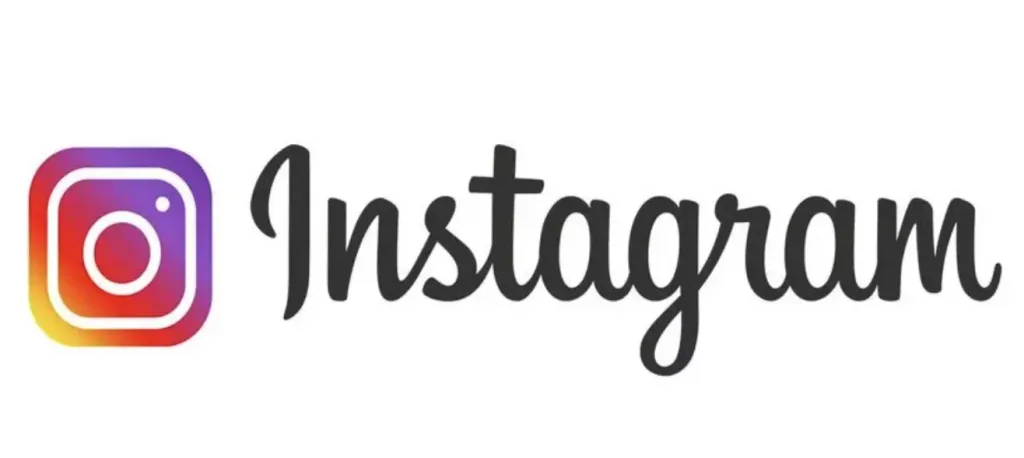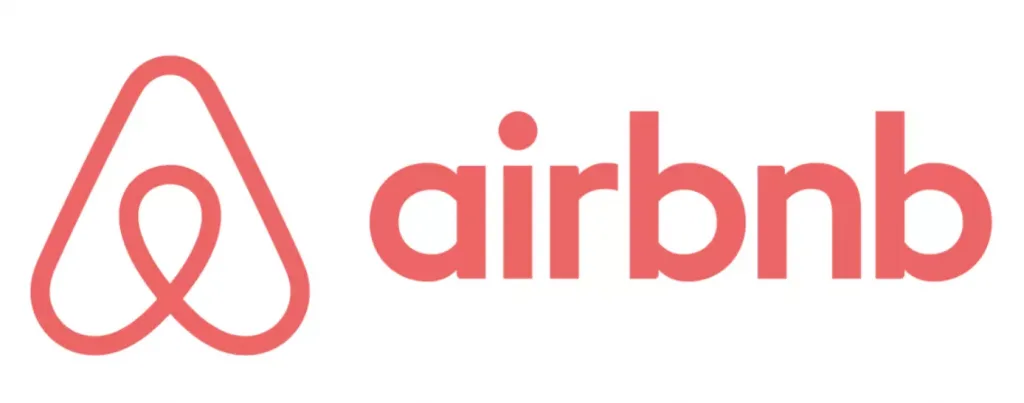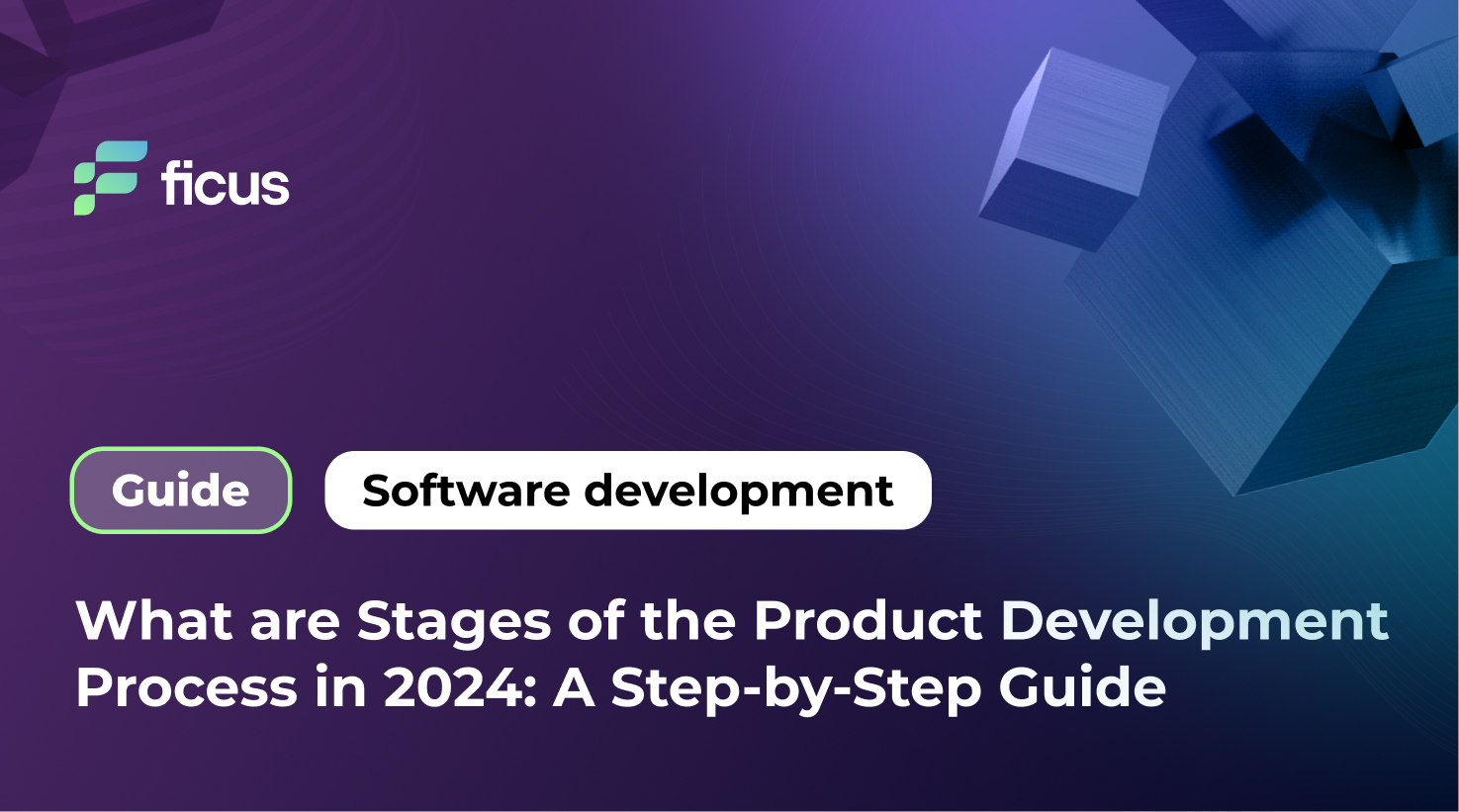Starting a product development journey is an enterprise that involves many intricacies. Product development requires careful planning, extensive research, and flawless execution to bring a product to market successfully. Going through the various stages, from an idea to the grand launch, requires vigilance and experience.
- The article outlines stages in product development from ideation to commercialization.
- It emphasizes the importance of testing and validation during development.
- Ficus Technologies offers support throughout the product development process.
What Is the Product Development Process?
The product development process is a systematic approach to bringing a new product to market, consisting of well-defined product development process steps. This iterative and dynamic path enables teams to consistently and reliably create products that meet customer requirements. If you have a passion for creativity and an innate curiosity about the world’s needs, the new product development process turns your ideas into action. As a product manager, your role goes beyond just coming up with an idea; it involves researching, testing, and validating needs, contributing to a product that meets market requirements and user preferences. Explore this exciting field where innovation meets strategy and the product development process examples come to life.

Who Is Involved in the Process?
Participation in the product development process is a collaborative effort that goes beyond product management alone. Although product managers play a key role in the strategic management of the process, they are not the only participants. The product development process steps require the active involvement of various teams from across the business:
- Development: The creative force responsible for turning a concept into a real product.
- Design: Developing the visual and functional aspects of the product to meet user expectations.
- Marketing: Developing the product’s identity, positioning, and promotion strategy to achieve market success.
- Sales: Implementing strategies to bring the product to market and generate revenue.
- Finance: Managing the budget, financial planning, and ensuring the economic viability of the project.
- Testing: Ensuring that the product meets quality standards through rigorous testing processes.
Product managers are strategic directors, bringing together this diverse, cross-functional team. They communicate overall goals and plans through the product roadmap, overseeing the team’s progress to ensure alignment with the company’s broader goals. This collaborative approach ensures that the new product development process is executed holistically and successfully.
Product development vs. Product management
Product management:
- A strategic function that covers the entire product development process from planning to marketing.
- Product managers drive the company’s vision by ensuring each product meets customer needs.
- By conducting market and customer research, they translate needs into requirements, guiding the new product development process without creating the product.
- Organizational structures range from individual managers to cross-functional teams spanning marketing, manufacturing, design, analytics, and quality control.
Product development:
- The transformational journey from concept to market is executed by teams that include developers, designers, engineers, and testers.
- The team translates the requirements defined by product managers into a high-quality product by focusing on the “how” in the product development process steps.
- The collaborative synergy between product managers and development teams is vital to creating the perfect product.
Product management revolves around the “what” question, setting the direction, while product development is more about the “how” question, bringing ideas to life in a complex product development process.
Define what the product will do before you design how the product will do it.
Steve C McConnell
The 9 stages of the product development process
The nine stages are an important reference point that facilitates continuous learning. The next section’ll dive deeper into each stage to navigate the new product development process. Whatever stage your team is in, the key is to keep moving forward, unlocking the potential of each stage to achieve product excellence.
1. Team formation
At the heart of the product development process, the initial and most important step is team building. My experience working for an early-stage venture capital firm gave me a deep realization that a resilient team is the foundation of a successful product.
In the new product development process, thriving teams are characterized by cross-functionality, endless curiosity, and creativity. Curiosity, typically led by a dedicated product manager or team leader, involves a relentless pursuit of understanding customer needs. Creativity flourishes when engineers and designers translate customer ideas into real, functional products.
Initially, small product development teams often consist of two co-founders who perform different duties. As the team expands, key roles emerge:
- Product management: By managing every aspect of the product lifecycle, product managers champion the interests of customers within the organization.
- Design: From idea to prototype, designers play a key role in all stages of product development.
- Development: Development teams, which include engineers and quality assurance specialists, bring the product to life.
- Marketing and sales: Strategic involvement early on ensures a well-defined approach to product launch, emphasizing the integrated nature of effective team building.
In the realm of product development process examples, successful endeavors frequently trace their roots to the diligence and collaboration of a well-constructed team.
2. Customer discovery
Customer discovery in the product development process is a key step that aims to understand the needs and pain points of the customer. This complex process unfolds through face-to-face interviews, supplemented by surveys and persona development.
Imagine an entrepreneur who wants to help a particular client. They discover the client’s pain points during a face-to-face interview and share a potential solution. Initial enthusiasm turns to confusion as customers hesitate to buy a product created with confidence. The problem lies in underestimating the subtleties of the interaction aimed at obtaining confirmation. Customers often repeat what they want, which prompts validation interviews to improve the new product development process.
3. Ideation
Ideation is a key step in the product development process dedicated to creating solutions to known problems. Going beyond the usual brainstorming, this process encourages teams to take action by focusing on a fundamental principle: successful products succeed by doing one thing well.
Initiate the idea by setting clear boundaries guided by the insights of your target market. Use their world and existing products as constraints, extracting unmet needs that your team must address. The result will not be a detailed product specification but a specific problem and a guess as to how to solve it.
An important step in developing an idea is an honest assessment of your team and resources. Can your team implement the chosen solution? Evaluate the possibilities and, if necessary, return to the team-building phase or tackle a smaller aspect of the problem. This ensures that you make steady progress in the new product development process.
4. Define the product
The product definition stage marks a key transition from guesswork to actual creation in the product development process. It’s important to be careful here, urging planners and executives to refrain from exhaustive product requirements burdened with unnecessary features. It is important to keep an eye on the next steps, focusing energy on the essentials at this stage.
Product definition encompasses decisions about form, appearance, and delivery method. Common definitions include “hardware, software, virtual, SaaS, CPG,” etc. Innovative products often defy conventional definitions; think of iTunes, which challenged the music industry by identifying software rather than hardware as the future of music delivery. Rethinking consumer discoveries provides invaluable signals at this stage of the new product development process. Hopes for a cheap, simple, on-demand solution may lean toward SaaS, while preferences for durability or security may favor hardware solutions.
Need a skilled software developer?
Contact Us
5. Prototyping
In the extended story of the product development process, prototyping takes center stage as an iterative process that creates a tangible visualization of your product. The essence of effective prototyping is to create numerous iterations quickly and cost-effectively, which has been made possible by the rapid development of 3D printing and low-code software development.
Prototyping plays a crucial role in reducing the risks of assumptions made during the product definition phase. For example, if you imagine a revolutionary digital music service like iTunes, the prototype will focus on uploading, downloading, and playing a single song. When problems like long download times or poor playback quality are discovered, it prompts a rethink of the product definition.
Imagine Mark, the founder of EcoBlend, a company that produces environmentally friendly packaging. Mark’s office is lined with prototypes demonstrating eco-friendly packaging solutions. His commitment to prototyping is based on the belief that physically interacting with prototypes provides unprecedented insight, inspiring confidence in execution and customer appeal. Mark’s arsenal includes a 3D printer for spontaneous prototyping, which embodies the essence of hands-on innovation in the new product development process.
6. Minimum viable product (MVP)
The concept of a minimum viable product (MVP) emerges in the product development process as a transformational stage that encourages entrepreneurs to create the simplest viable version of a product for real consumers. Fighting the fear of releasing an imperfect product often leads entrepreneurs to invest more, only to be surprised by poor reception.
Instead of viewing the MVP as a scaled-down version of the final product, see it as an opportunity for deep learning. Question assumptions as the new product development process is constantly evolving. The MVP serves as the foundation, the foundation on which the product is built. It may not hit the mark on the first try, but each iteration improves the foundation, ensuring that the next product resonates more effectively with customers.
7. User Testing
User testing is central to the product development process, providing insight into customer experience and satisfaction. Whether it’s conducted in a controlled environment or in distributed scenarios, user testing becomes the compass that guides product iterations.
Consider an eLearning platform seeking user acceptance for its new course navigation feature. Metrics show that users are abandoning the course after accessing it. An intrigued group of users is invited to an interactive session. Surprisingly, many express surprise at the navigation icons. This prompts a shift to a more intuitive design that meets user expectations. Although user testing may seem like a setback at first, it becomes a catalyst for progress, pushing the development team to create a developed, user-centered product.
8. Product roadmap
An important step in the challenging stages of the new product development process is to move to the creation of a product roadmap. Based on the insights gained during MVP and user testing, the roadmap is deployed as a visual compass that illustrates the product vision, its development trajectory, and its evolution over time.
Problems often arise with static roadmaps that are disconnected from the detailed work items in each flow. The solution to this problem is integrated work management tools, such as Jira Software, that make it easy to bridge the gap between visualizing the roadmap and executing specific tasks.
Imagine a healthcare tech startup conducting user testing to create a roadmap for improving its wellness app. Insights reveal a demand for personalized workout plans and real-time health tracking. In a two-week sprint to complete the roadmap, the team prioritized the development of a personalized workout algorithm, integration with wearables to collect health data, and an elegant user interface redesign. This dynamic roadmap aligns tasks and moves the team forward in creating a health app that resonates with users.
9. Launch and go!
Armed with validation and a robust improvement plan, a crucial point in product development comes at a crucial time – the launch and go-to-market phase. While readiness may remain uncertain, the imperative is clear – launch to move the new product development process forward. Customers become the main participants in the process, shaping the trajectory of further development.
From that point on, the development process takes on smaller, more agile “learning cycles.” Continuous customer needs identification, prototyping, and user testing become the driving force behind progress. The landscape requires constant testing of hypotheses and verification of assumptions before embarking on developing expensive functionality. Establishing repeatable processes and vigilant work management ensure the development trajectory does not go off the rails. At this stage, the dance between innovation and customer feedback determines the product’s path to market, culminating in a grueling but rewarding product development process.
Product development examples
Every product in the field of innovation has its own unique story. These examples highlight the art of finding a special focus in the new product development process. They help you listen closely to your customers and master starting over when the unexpected happens. Read these stories to unravel the dynamic path of product development.

In the broader photo-sharing app space, Instagram, co-founded by Mike Krieger and Kevin Systrom, embarked on a distinctive journey in the product development process. Despite the saturated market, Instagram was looking for differentiation. The tipping point came when they noticed a surge in user interest in one feature – filters. Recognizing the appeal of transforming everyday snaps into professional images, Kevin and Mike strategically invested in improving and expanding the app’s filter capabilities. The success has been overwhelming: filters have become synonymous with Instagram, changing how users present their photos. This strategic pivot illustrates the iterative nature of the new product development process, emphasizing the importance of identifying and enhancing unique features.
Airbnb

At first glance, the concept of Airbnb seems unconventional – staying in someone else’s home or hosting strangers on your own. However, founders Brian Chesky, Nathan Blecharczyk, and Joe Gebbia defied skepticism through a thoughtful product development process. The founding of Airbnb was marked by the realization of an untapped market – renting out rooms for conference participants catering to out-of-towners. The main difference was the prioritization of customer experience, a principle the company has followed since its inception. According to one of Airbnb’s employees, the product is not just an app, it is an experience of staying in a guest’s home. Inspired by the Disney storyboard, the focus on customer journeys guarantees an unforgettable experience from site navigation to key handover. With over 2.9 million hosts and 50,000+ experiences, Airbnb’s success illustrates how customer-centricity can shape a great end product in the new product development process.
Google+

It can be frustrating to face setbacks when developing a new product. Google+, despite being labeled as one of the biggest failures, Google+ has demonstrated resilience and adaptability in the face of setbacks. Despite the difficulties faced by Google+, development teams have managed to create robust products such as Hangouts and Google Photos. The ability to refocus and reinvent stemmed from a willingness to revisit every step of the new product development process. Despite the initial difficulties, the teams demonstrated that failure could be transformative, leading to the formation of new teams and investment in new capabilities. The Google+ saga serves as a reminder that failure, when approached with a strategic mindset, can be the impetus for innovation and long-term success in the ever-changing product development landscape.
How to supercharge your product development process
Developing a new product is an exciting endeavor, and Ficus Technologies understands that utilizing creativity and efficient processes is key to success. By following nine key steps, Ficus facilitates a dynamic product development process:
- Brainstorming: Encourage participants to explore a range of ideas, stimulating creativity in areas such as function, uniqueness, and branding.
- Sketching: Turning concepts into quick visuals that provide insight into the essence of each idea.
- Concept analysis: Engaging stakeholders to evaluate the concept regarding feasibility, market potential, and overall innovation.
- Refine the sketches: Using the insights gained from the concept analysis to refine the sketches and create a plan for the next stages of development.
- Revisiting the concept (again): An iterative process of selecting the concepts with the greatest potential for success, narrowing down the range of possible options.
- Rough mockups: Creating real-world mockups for hands-on user interaction, identifying potential design flaws and usability issues.
- Evaluation of mockups and input: Gathering information from potential users and other stakeholders to ensure that the product meets expectations.
- Concept refinement: Analyzing feedback to iteratively refine the concept, solve identified problems, and improve the overall design.
- Input analysis: Final review with stakeholders to select a concept that meets the design criteria, ensuring development readiness.
Ficus Technologies sets itself apart by emphasizing continuous testing, early feedback loops, and proactive problem solving, creating an environment of adaptability and ensuring successful navigation of the complexities inherent in the new product development process. Through strategic planning and a commitment to quality, Ficus accelerates workflows to meet the changing demands of diverse audiences.
Final words
The complex product development journey, outlined in distinct stages and illustrated with real-world cases, emphasizes the dynamic nature of the product development process. Navigating the ever-changing landscape requires a strategic approach combining creativity and efficient processes. The bottom line is to recognize the importance of each stage, from team building to the critical launch phase, and to leverage key milestones such as ideation, prototyping, and user testing. Successful products such as Instagram and Airbnb emphasize the importance of customer focus and iterative development in pursuing innovation.
Ficus Technologies emphasizes continuous testing and iterative product development, demonstrating a commitment to dynamic and efficient processes. By integrating strategic planning and an unwavering commitment to quality, Ficus Technologies accelerates workflows, ensuring that products meet the changing needs of diverse audiences.
The duration of the product development process varies widely depending on factors such as product complexity, industry, and specific stages. Generally, it can take anywhere from a few months to a few years. Simple products with well-defined requirements can be developed more quickly, while highly innovative or technologically advanced products may undergo lengthy research, development, and testing phases. In addition, external factors such as market dynamics and regulatory compliance can affect timelines. An optimized process with effective collaboration between cross-functional teams, as seen at companies like Ficus Technologies, can help reduce the overall timeframe.
Prototyping is important in the product development process for several reasons. First, it provides a tangible representation of the product idea, allowing stakeholders to visualize and interact with it. This helps to clarify the design concept and identify potential problems at an early stage. Second, prototypes facilitate testing and validation by helping to identify usability issues, technical challenges, or areas for improvement. This iterative testing ensures that the final product meets user expectations and quality standards. In addition, prototypes serve as a communication tool, facilitating collaboration between cross-functional teams. Ultimately, the importance of prototyping is that it reduces risk, increases design clarity, and speeds up the overall development process.









Kudos to the author, for crafting an exceptional article. This comprehensive guide adeptly explores the various stages involved in product development, providing valuable insights for both novices and seasoned professionals. Ability to break down complex concepts into digestible steps is commendable. The article seamlessly incorporates current trends and best practices, ensuring its relevance in the rapidly evolving landscape of 2023. With its practical advice and meticulous explanations, this guide is a must-read for anyone embarking on a product development journey.
The article incorporates contemporary practices and considerations relevant to the year 2023, making it highly informative and up-to-date. From idea generation and market research to prototyping, testing, and launch, each stage is well-explained with practical insights. This guide serves as an essential reference, assisting readers in successfully navigating the product development journey.
The article encompasses crucial aspects, from ideation and market research to prototyping, testing, and launch. By incorporating up-to-date practices, the article caters to the needs of modern product development. With concise explanations and practical tips, this guide serves as an indispensable resource for individuals and teams involved in the product development journey.